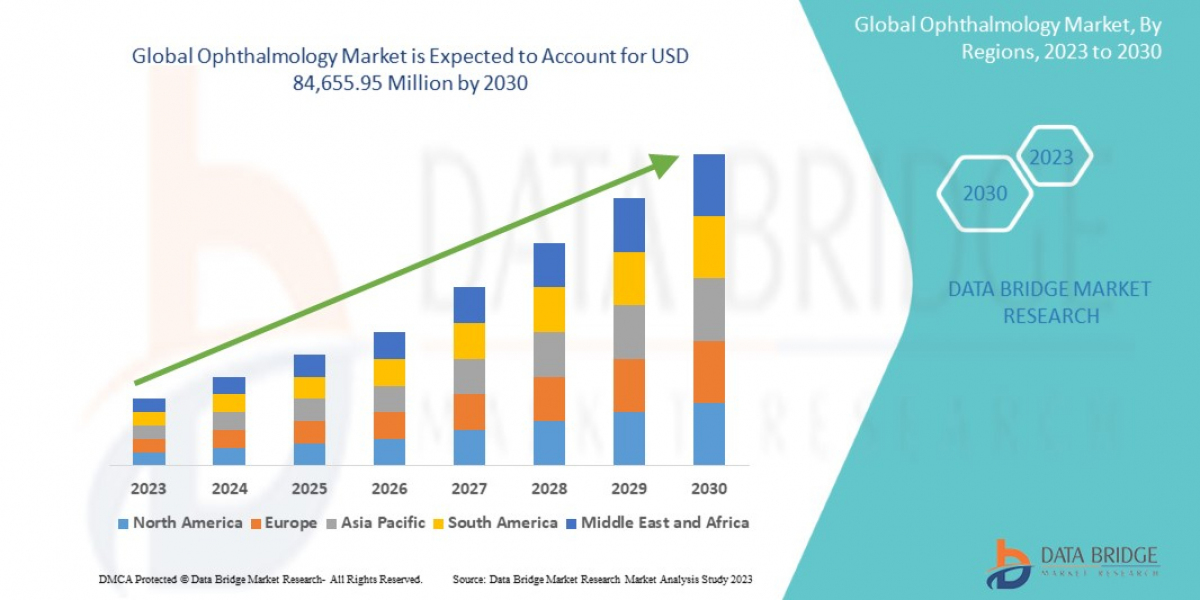In today’s digital world, ensuring that websites are accessible to everyone, regardless of their abilities or disabilities, is no longer a luxury but a necessity. An accessible website provides equal opportunities for all users to interact with content, purchase products, and access services. For a web site development company, implementing accessibility standards is critical in providing inclusive digital experiences and meeting legal, ethical, and business requirements.
Accessibility doesn’t just benefit people with disabilities; it enhances the overall user experience, making websites more user-friendly for everyone. Moreover, search engines like Google reward accessible sites with better rankings, making it a key component of effective search engine optimization (SEO).
This article explores the importance of web accessibility, the standards adopted by a web site development company, and how these practices contribute to building a more inclusive, user-friendly digital environment.
1. What is Web Accessibility?
Web accessibility refers to the design and development of websites, tools, and technologies that are usable by individuals with various disabilities. This includes people with visual, auditory, motor, or cognitive impairments who may face challenges when using the internet. The goal of web accessibility is to ensure that all users can interact with websites, access content, and navigate interfaces in an intuitive way.
Accessibility features can range from simple text resizing options to advanced assistive technologies, such as screen readers, voice commands, and keyboard navigation. A web site development company focuses on ensuring that these tools are fully compatible with their websites and that users can access content in a manner that best suits their individual needs.
2. The Importance of Web Accessibility
Ensuring web accessibility is essential for a number of reasons, ranging from ethical responsibility to business growth.
a. Legal Compliance
Many countries and regions have specific laws that require websites to be accessible to people with disabilities. For example, in the United States, websites must comply with the Americans with Disabilities Act (ADA), and the Web Content Accessibility Guidelines (WCAG), which are guidelines for making websites accessible. Failure to comply can result in lawsuits, fines, and reputational damage.
ADA Compliance: The ADA mandates that businesses make their online services accessible to individuals with disabilities, ensuring they are not excluded from accessing essential digital resources.
Global Standards: The EU Web Accessibility Directive and other similar global regulations have been established, pushing for greater accessibility in websites, mobile apps, and online services.
A web site development company follows these regulations to ensure that clients' websites avoid legal issues and serve all users equitably.
b. User Experience Enhancement
Accessible websites improve the user experience for all users. People with disabilities use assistive technologies such as screen readers, voice recognition tools, and keyboard shortcuts to navigate websites. By adopting accessibility best practices, a web site development company ensures that these tools function seamlessly, leading to an improved experience for all users, regardless of their abilities.
Universal Design: Accessibility encourages web design that benefits a wider audience. Features such as easy-to-read fonts, clear headings, and simple navigation benefit users with and without disabilities.
Usability: Accessible websites are easier to use for everyone. For example, providing options for users to adjust font sizes, colors, or contrast can benefit users with visual impairments, but also helps anyone who needs a more readable display.
c. SEO Benefits
Search engines favor websites that are well-structured and easy to navigate. Accessibility improvements often align with SEO best practices, making it easier for search engines to crawl and index a website’s content. Features such as clear headings, alternative text for images, and descriptive link texts help search engines understand the context of the website’s content, improving organic search rankings.
A web site development company that focuses on accessibility ensures that the website is not only usable for all users but also optimized for better visibility on search engines.
3. Key Accessibility Standards Adopted by Web Site Development Companies
There are several globally recognized standards and guidelines that a web site development company follows to ensure that websites meet accessibility requirements. The most prominent of these are the Web Content Accessibility Guidelines (WCAG), which provide comprehensive recommendations for making web content more accessible.
a. Web Content Accessibility Guidelines (WCAG)
The WCAG, created by the World Wide Web Consortium (W3C), is the most widely accepted standard for web accessibility. It defines how to make web content more accessible to people with disabilities and is organized into four principles, often referred to as the POUR principles:
Perceivable: Information and user interface components must be presented in ways that users can perceive, regardless of their sensory abilities. This includes providing text alternatives for images (alt text), captions for videos, and ensuring that content can be adjusted for different visual or auditory needs.
Example: A web site development company ensures that all images have descriptive alt text, making them readable by screen readers used by people with visual impairments.
Operable: User interface components and navigation must be operable by all users. This includes ensuring that users can interact with the website using different methods, such as a mouse, keyboard, or voice commands.
Example: A web site development company builds websites with keyboard accessibility in mind, enabling users to navigate the website entirely with a keyboard.
Understandable: Information and operation of the user interface must be understandable to users. This includes ensuring that text content is clear, instructions are simple, and input fields are labeled appropriately.
Example: A web site development company ensures that forms are labeled correctly and that error messages provide helpful guidance, so users can complete tasks without confusion.
Robust: Content must be robust enough to work across different browsers, devices, and assistive technologies. This includes ensuring that the website can function properly on various platforms and that it remains accessible as technology evolves.
Example: A web site development company uses semantic HTML and ARIA (Accessible Rich Internet Applications) landmarks to ensure compatibility with screen readers and other assistive technologies.
The WCAG guidelines help a web site development company ensure that websites are accessible, user-friendly, and compliant with international standards.
b. ARIA (Accessible Rich Internet Applications)
ARIA is a set of attributes that can be added to HTML to improve accessibility, especially for dynamic content and advanced user interface elements that may not be natively accessible. It is particularly useful in cases where JavaScript is used to build complex elements like sliders, carousels, and modal windows.
Example: A web site development company adds ARIA roles and properties to ensure that users can interact with dynamic elements using screen readers.
c. Color Contrast and Visual Design
Ensuring sufficient color contrast is a key accessibility requirement for users with visual impairments, such as color blindness. A web site development company uses tools to check color contrast ratios between text and background to ensure readability for all users.
Example: A web site development company ensures that text on the website meets the recommended contrast ratio (at least 4.5:1) to improve legibility.
4. How a Web Site Development Company Implements Accessibility Best Practices
A web site development company implements accessibility standards by integrating best practices throughout the web development process. This includes:
a. User Testing and Feedback
To ensure accessibility, user testing with people with disabilities is critical. A web site development company often conducts user testing with individuals who use assistive technologies to identify potential barriers and areas for improvement.
Example: A web site development company might conduct testing with users who are visually impaired to ensure that screen readers can effectively navigate the website and interpret all content.
b. Ongoing Monitoring and Maintenance
Websites require ongoing monitoring to ensure that accessibility standards are maintained. A web site development company periodically tests the site’s accessibility, particularly after updates or redesigns, to ensure continued compliance.
Example: A web site development company may schedule regular audits using accessibility tools like WAVE or Axe to detect issues and address them promptly.
5. The Business Impact of Accessibility
Adopting accessibility best practices benefits not only users but also businesses. Accessible websites have the potential to reach a wider audience, which includes individuals with disabilities—approximately 15% of the global population, according to the World Health Organization. Making a website accessible helps businesses cater to this often overlooked market.
Additionally, complying with accessibility standards helps businesses avoid legal issues and fines. In the U.S., for instance, non-compliance with ADA can lead to lawsuits. By prioritizing accessibility, a web site development company helps clients mitigate these risks.
Conclusion
Web accessibility is a critical aspect of modern web development. For a web site development company, integrating accessibility standards ensures that websites are usable by everyone, regardless of their abilities. By adopting WCAG guidelines, implementing ARIA, focusing on color contrast, and testing with real users, a web site development company can create inclusive, user-friendly websites that benefit both users and businesses.
Investing in accessibility not only improves user experience but also increases search engine visibility, ensures legal compliance, and opens the door to a larger, more diverse audience. As businesses continue to prioritize digital presence, working with a web site development company that understands and implements accessibility is more important than ever.














